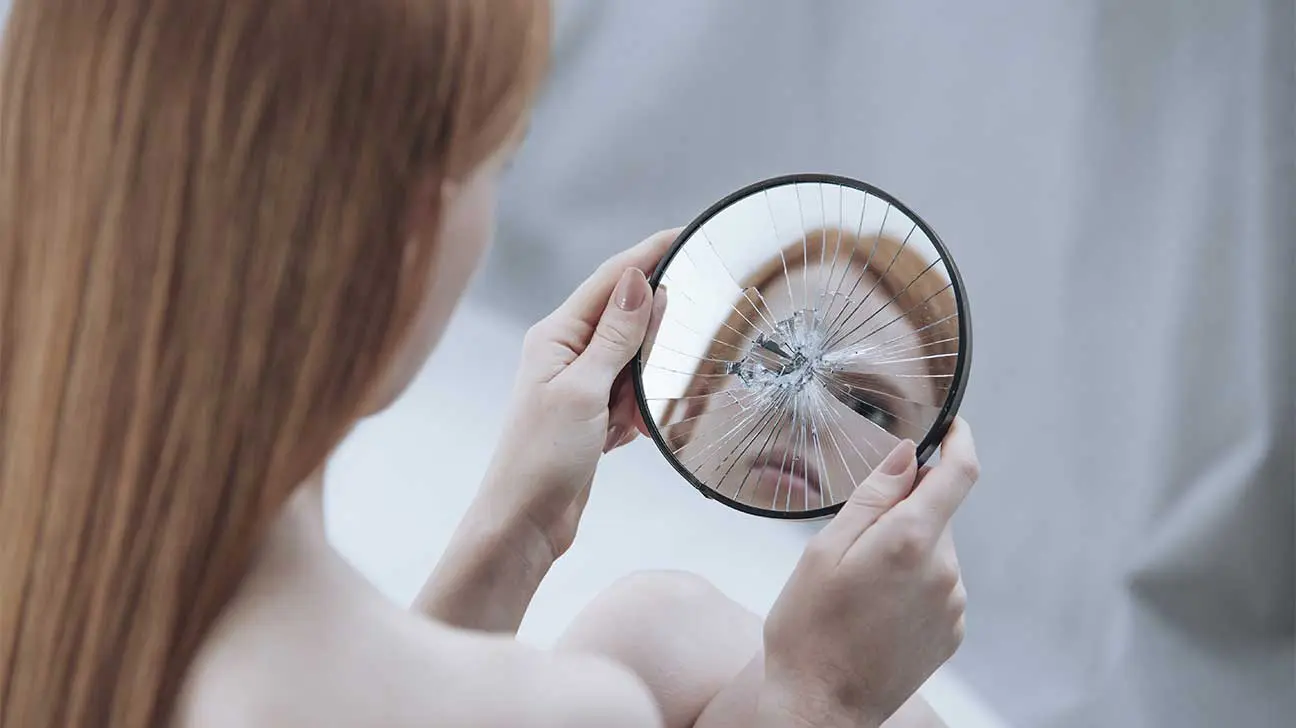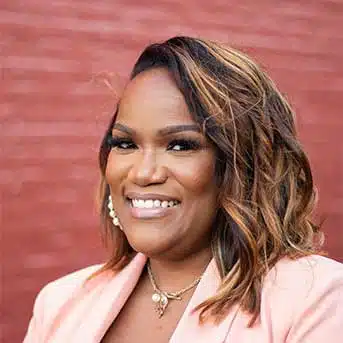
Body Dysmorphic Disorder (BDD) is a type of mental condition characterized by an individual’s distressing preoccupation with body image and self-perceived physical flaws.
This disorder is similar to obsessive-compulsive disorder (OCD) as both disorders exhibit both obsessive thoughts and compulsive behaviors.
Unfortunately, it is common for Body Dysmorphic Disorder and substance use disorder to occur together. Also known as a dual diagnosis, this condition requires specialized treatment.
Read more about co-occurring obsessive-compulsive related disorders and addiction
What Is Body Dysmorphic Disorder?
Body Dysmorphic Disorder is a mental health condition characterized by an individual’s distressing preoccupation with physical flaws and defects.
This intense preoccupation often causes an individual to go to great lengths to conceal self-perceived flaws from others.
An individual who has this condition will have long-term feelings of fear and distress surrounding their self-image.
These negative emotions often disrupt the individual’s thoughts and personal and professional life.
Diagnosing Body Dysmorphic Disorder
Body Dysmorphic Disorder is typically diagnosed by a qualified medical professional, such as a psychologist or psychiatrist.
Signs and symptoms of Body Dysmorphic Disorder include:
- excessive grooming
- hair pulling
- skin picking
- scratching and carving
- nail or cheek biting
- reassurance seeking
- preoccupation with perceived defects or flaws
- negative self-image
- avoidance of mirrors
- excessively comparing oneself to others
- social avoidance or minimizing contact with others
- high expenses of cosmetic surgery, beauty treatment or products
Causes Of Body Dysmorphic Disorder
While the cause of Body Dysmorphic Disorder is currently unknown, it is possible that several biological, environmental and psychological factors play a role in its development.
Possible factors include the following:
- trauma
- family history of mental illness
- unstable background
- childhood abuse or neglect
- exposure to alcohol or drugs in adolescence
- social or societal pressures
BDD typically begins in adolescence and affects both genders equally.
Repetitive compulsive behaviors and thoughts may become more frequent as the condition progresses.
How Common Is Co-Occurring Body Dysmorphic Disorder And Addiction?
Body Dysmorphic Disorder was considered a rare diagnosis. However, recent estimates indicate the disorder affects at least 10 million Americans in the United States.
People with BDD are at higher risk of developing substance abuse disorder.
Research indicates that nearly 50% of individuals with BDD have also suffered with a substance use disorder.
Further, nearly 70% of individuals with co-occurring disorders of BDD and substance abuse believe their BDD contributed to the development of substance abuse or addiction.
Why Do People With BDD Turn To Drugs And Alcohol?
People with mental health conditions may turn to substance abuse to self-treat distressing symptoms and problems caused by BDD.
People who have BDD and a substance use disorder are at high risk of several negative outcomes.
Drugs and alcohol can be used to:
- reduce obsessive thoughts or behaviors
- reduce symptoms of anxiety or depression
- manage appetite or weight
- alleviate distressing thoughts and emotions
Unfortunately, drug and alcohol abuse often leads to the development of drug or alcohol addiction.
Diagnosing Co-Occurring Body Dysmorphic Disorder And Addiction
Body Dysmorphic Disorder and substance abuse have specific criteria a person must meet in order to be diagnosed with these conditions.
The secrecy that often accompanies both conditions may make it difficult to recognize and diagnose.
People with BDD are often ashamed or embarrassed about their condition and avoid consulting with a physician about their symptoms.
Diagnosis may only be possible when symptoms and obsessive behaviors become noticeable for a medical health professional.
Diagnosing Body Dysmorphic Disorder and substance use disorder is based on:
- medical history
- mental health evaluation
- family medical history
- other presenting factors
Treatment For Co-Occurring BDD And Substance Abuse
People with BDD and addiction require a variety of therapies with an integrated treatment approach to treat symptoms of both disorders.
An accurate mental health diagnosis and access to dual diagnosis treatment is crucial for recovery from both disorders.
Dual diagnosis treatment may involve:
- medically supervised detox
- psychotherapy or cognitive behavioral therapy (CBT)
- exposure or response prevention therapy
- group therapy
- family therapy
- medication
While these co-occurring disorders can be difficult to treat, the above treatments are highly effective at reducing symptoms and helping people cope with these disorders.
Leaving one disorder untreated may decrease an individual’s chance of full recovery.
Dual Diagnosis Treatment For Body Dysmorphic Disorder And Addiction
Treating Body Dysmorphic Disorder and substance abuse with proven therapies, and in a supportive environment, are crucial factors of recovery for these conditions.
Combined treatments and an integrated approach during treatment greatly increase a person’s chance of recovery and positive outcomes.
If you or a loved one is struggling with BDD and addiction, help is available.
Dual diagnosis treatment may be offered by:
- inpatient and outpatient treatment centers
- residential rehab centers
- individual treatment providers
Call our helpline today to learn more about co-occurring disorders and to find a dual diagnosis treatment program for BDD and addiction near you.
Addiction Resource aims to provide only the most current, accurate information in regards to addiction and addiction treatment, which means we only reference the most credible sources available.
These include peer-reviewed journals, government entities and academic institutions, and leaders in addiction healthcare and advocacy. Learn more about how we safeguard our content by viewing our editorial policy.
- Anxiety & Depression Association of America — Body Dysmorphic Disorder
https://adaa.org/understanding-anxiety/body-dysmorphic-disorder - National Center for Biotechnology Information — Cognitive-Behavioral Therapy for Substance Use Disorders
https://www.ncbi.nlm.nih.gov/pmc/articles/PMC2897895/ - National Center for Biotechnology Information — Substance Use Disorders in Individuals With Body Dysmorphic Disorder
https://www.ncbi.nlm.nih.gov/pmc/articles/PMC2504687/ - U.S. National Institute on Drug Abuse (NIDA) — Common Comorbidities with Substance Use Disorders Research Report
https://www.drugabuse.gov/download/1155/common-comorbidities-substance-use-disorders-research-report.pdf


